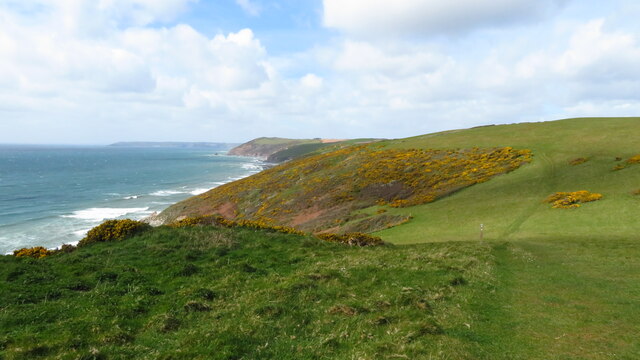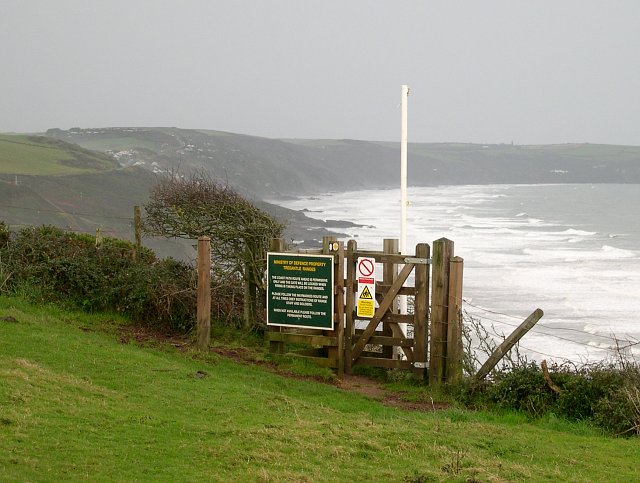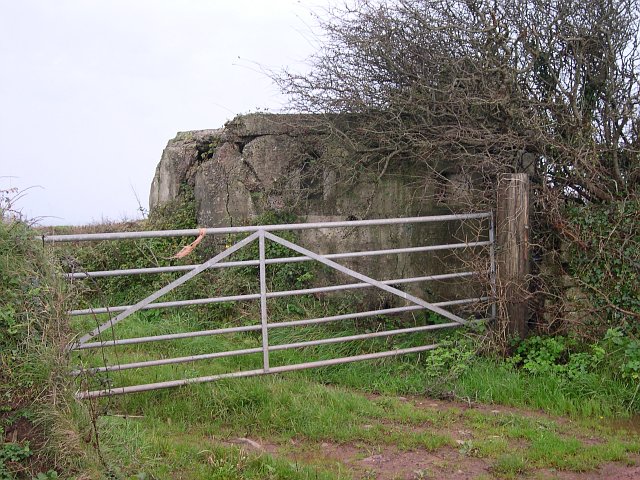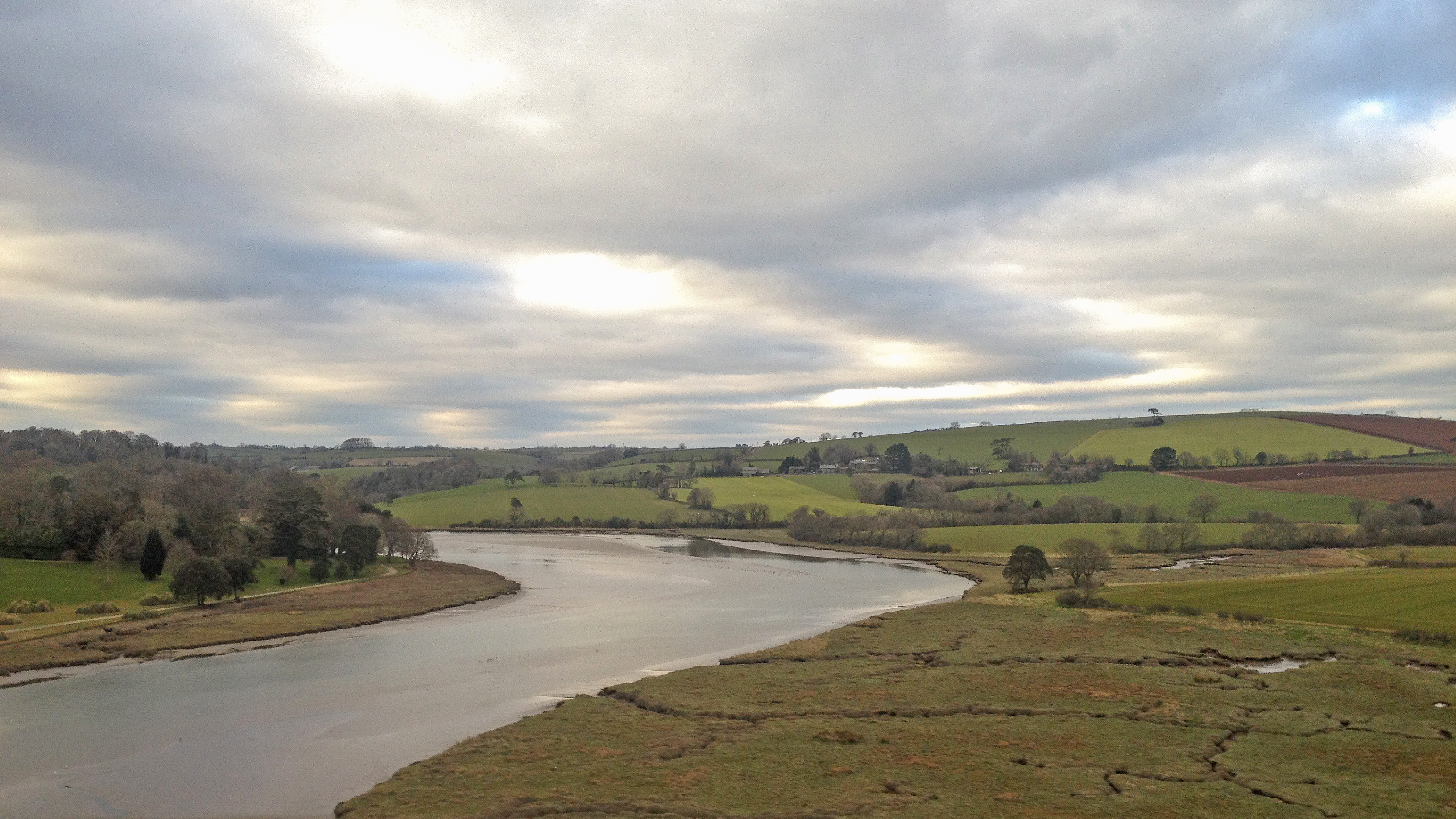Portugal Pump
Coastal Feature, Headland, Point in Cornwall
England
Portugal Pump

Portugal Pump is a prominent coastal feature located in Cornwall, England. Situated on the southern coast, this headland juts out into the Atlantic Ocean, forming a distinct point that offers breathtaking panoramic views of the surrounding coastline. The name "Portugal Pump" is derived from the powerful surges of water that crash against the rocks, resembling the forceful pumping action of a water pump.
This stunning headland is characterized by its rugged and dramatic cliffs, which rise majestically from the sea. The cliffs are composed of a mix of sedimentary rocks, including granite and slate, which contribute to the unique geological formations found in this area. The constant erosion from the relentless sea has sculpted caves, arches, and stacks along the coastline, providing a striking contrast against the deep blue ocean.
The Portugal Pump headland is a popular destination for nature enthusiasts, hikers, and photographers. The coastal path that runs along the cliff edge offers spectacular views and opportunities to observe a diverse range of marine life, including seabirds, seals, and even dolphins if one is lucky. The area is also home to a variety of plant species, such as heather and gorse, which add bursts of color to the landscape.
Due to its exposed location, Portugal Pump can experience strong winds and rough seas, making it a challenging spot for swimming or water-based activities. Nevertheless, the sheer beauty and raw power of this coastal feature make it a must-visit for those seeking an awe-inspiring experience in the natural wonders of Cornwall.
If you have any feedback on the listing, please let us know in the comments section below.
Portugal Pump Images
Images are sourced within 2km of 50.3601/-4.3021617 or Grid Reference SX3653. Thanks to Geograph Open Source API. All images are credited.

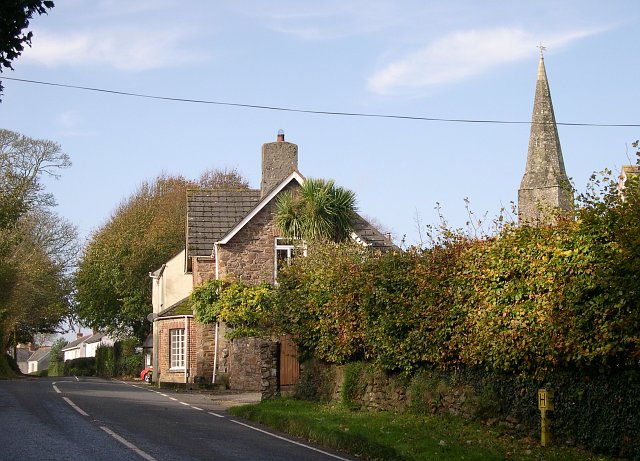



Portugal Pump is located at Grid Ref: SX3653 (Lat: 50.3601, Lng: -4.3021617)
Unitary Authority: Cornwall
Police Authority: Devon and Cornwall
What 3 Words
///retrain.unite.clash. Near Millbrook, Cornwall
Related Wikis
Crafthole
Crafthole is a village in the parish of Sheviock, in southeast Cornwall, England, UK. The village has a pub (Finnygook Inn), Post Office, shop, Methodist...
Portwrinkle
Portwrinkle (Cornish: Porthwykkel) is a small coastal village in south-east Cornwall, England, United Kingdom. It is at the western end of Whitsand Bay...
Sheviock
Sheviock (Cornish: Seviek, meaning strawberry bed) is a coastal civil parish and a hamlet in south-east Cornwall, England, United Kingdom. The parish is...
Tregantle Fort
Tregantle Fort in south east Cornwall is one of several forts surrounding Plymouth that were built as a result of a decision in Lord Palmerston's premiership...
Tregantle Down Battery
Tregantle Down Battery was a high angle gun battery in south east Cornwall. It was built between 1888 and 1894 to defend HMNB Devonport from Whitsand Bay...
Lower Tregantle
Lower Tregantle is a hamlet in Cornwall, England, UK. It is about half a mile south of Antony; Higher Tregantle is about a quarter of a mile further south...
Scraesdon Fort
Scraesdon Fort, near the village of Antony, is one of several forts in South East Cornwall which formed part of the ring of forts surrounding Plymouth...
River Tiddy
The River Tiddy (Cornish: Teudhi) is a small river in south-east Cornwall, the main tributary of the River Lynher. The Tiddy rises near Pensilva and flows...
Nearby Amenities
Located within 500m of 50.3601,-4.3021617Have you been to Portugal Pump?
Leave your review of Portugal Pump below (or comments, questions and feedback).

